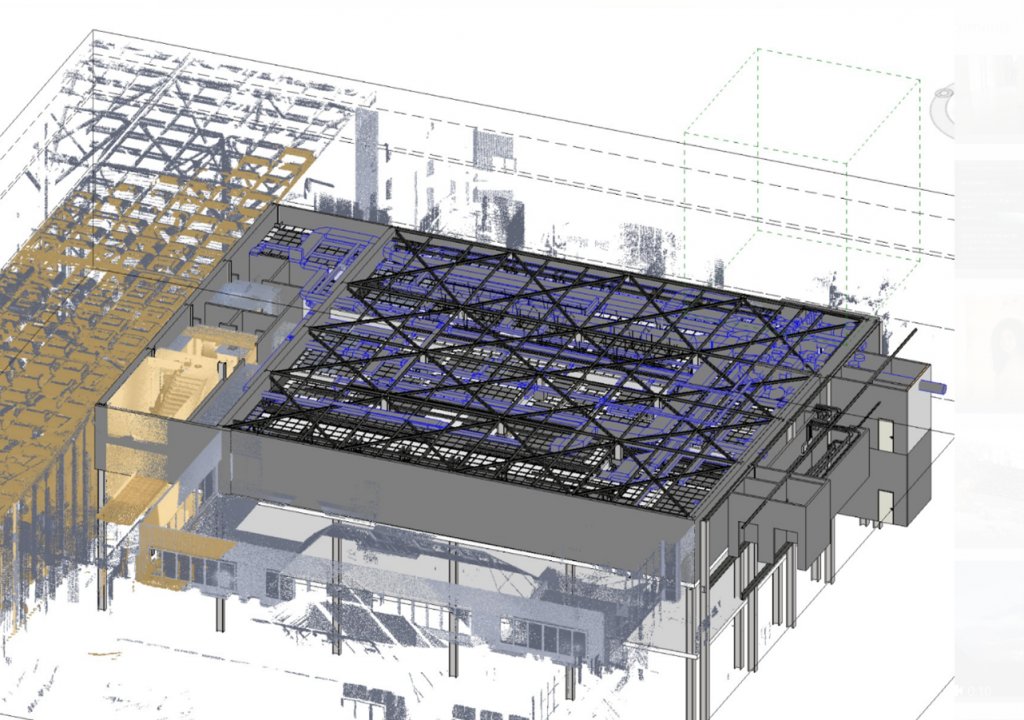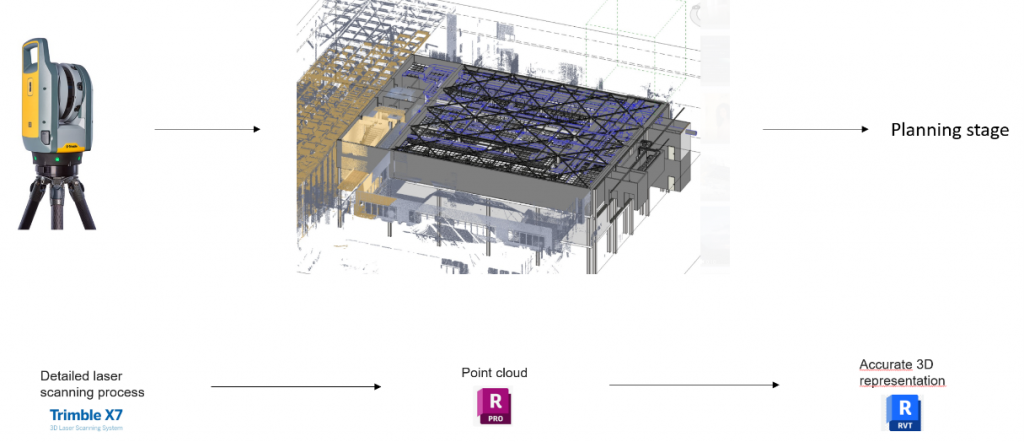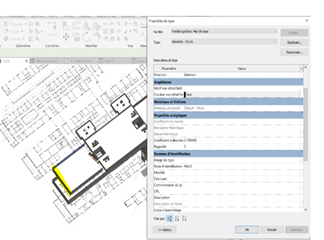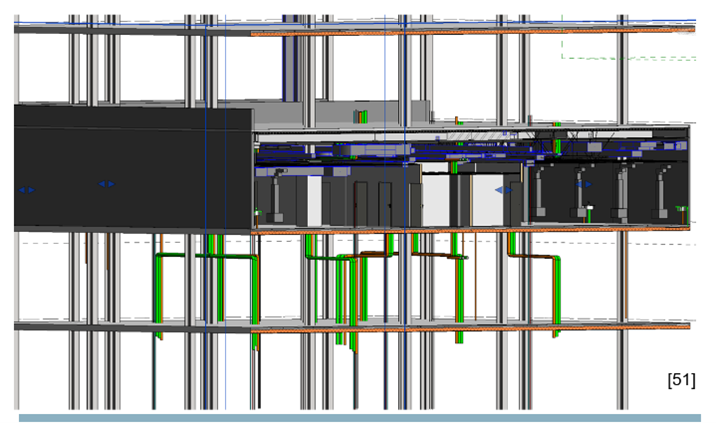AUTHOR: Arch. Rania Oufrid & Arch. Safae Kaoukab
TUTORS: Dott. Ing. Giovanni Franchi
MASTER: Project Management in Constructions Works with BIM
This thesis topic focuses on a crucial aspect of construction: the medical field, and more specifically the design and construction of hospitals. These structuring projects, requiring particular sensitivity and attention, welcome very specific users, such as doctors, patients and their companions, and fulfill an essential care function ranging from the simplest to the most complex. The construction or renovation of hospitals must meet strict criteria, such as resistance to noise, humidity, seismic risks, as well as requirements for resilience, durability and ingenuity to manage a large number flow of people without interference.
The objective of this study is to demonstrate the effectiveness of BIM (Building Information Modeling) methods in the management of these types of buildings and to compare these methods with the traditional techniques generally used. BIM offers many benefits for hospital construction, including reducing the risk of misunderstandings and errors, as well as centralizing information on a shared platform accessible to all groups involved. BIM tools, such as 2D, 3D and even 4D design software (such as Revit, Dynamo, Synchro, Solibri, Navisworks, BIM 360, Dialux, etc.), allow optimal management of construction projects. Each software offers specific features, facilitating a holistic approach to projects.
BIM processes include coordination with all stakeholders at the appropriate time, sharing of the 3D model, planning, and risk management. These processes enable better collaboration and increased efficiency in the management of hospital construction projects. Hospital management involves specific measures to ensure good management. The complexity of these structures falls into three main points: real-time project visualization, cost planning and management, and scheduling of project workflows. Real-time visualization allows you to monitor project progress and anticipate potential problems. Planning and cost management are essential to keeping the project within budget. Finally, workflow programming ensures efficient organization of the different stages of construction.
Integrating BIM into hospital construction project management is crucial to improve coordination, reduce errors and costs, and increase efficiency and quality. This part will discuss BIM integration methods, roles and responsibilities in a BIM project, as well as the challenges and importance of using BIM. A case study will be presented to illustrate a hospital construction project and the key points to consider for effective management.
The case study is a hospital project located in Tuscany, Italy, requiring a complete renovation. This section will detail all stages of the project, including design information gathering, MEP (mechanical, electrical and plumbing) management, medical equipment design and constructive details, all of great complexity. The BIM coordination process will be illustrated through the use of software such as Revit and Synchro, allowing clear visibility on the progress of the project.
Ultimately, the effectiveness of the BIM approach will be evaluated through a comparative analysis with traditional methods. This analysis will focus on the project management process with and without BIM, the impact on planning and execution, and the return on investment. Possible improvements and the future of BIM will also be discussed.
Importantly, this thesis aims to provide a comprehensive overview of current practices in hospital construction with a particular emphasis on the advantages of BIM over traditional methods. For example, the use of BIM allows for better data management, which is essential in complex environments like hospitals where each error can have serious consequences. The centralization of information via shared platforms offers unprecedented transparency and accessibility, thus facilitating coordination between the various project stakeholders.
Additionally, BIM tools, such as 2D, 3D and 4D design software, are specially designed to meet the specific needs of hospital construction projects. These tools not only make it possible to visualize projects in real time, but also to anticipate and resolve potential problems before they arise. For example, Revit and Dynamo are particularly effective for modeling construction data, while Synchro offers a 4D perspective, integrating time into project planning and execution.
The integration of BIM into hospital project management also involves a clear distribution of roles and responsibilities. Everyone involved, from designer to builder, must understand their specific tasks within the BIM project, reducing the risk of misunderstandings and errors. This collaborative approach is reinforced by rigorous coordination processes, including regular meetings and the use of shared 3D models to visualize and discuss project progress and challenges.
The Tuscany hospital case study will serve as a practical demonstration of the application of BIM in a real-world context. This study will allow us to see how the theoretical concepts of BIM translate into tangible results in the field. It will cover all aspects of the project, from initial information collection to MEP systems management, medical equipment design and construction details. This section will highlight the specific challenges encountered and solutions provided using BIM, illustrating its effectiveness and benefits.
Finally, the comparative analysis of the effectiveness of BIM compared to traditional project management methods will highlight the savings in time, costs and quality obtained thanks to this approach. This analysis will focus on several key performance indicators, such as meeting deadlines, cost management, quality of finished work and return on investment. The results of this analysis will make it possible to formulate recommendations to further improve the use of BIM in future hospital construction projects.
In conclusion, this thesis shows that BIM is not only a powerful tool for managing complex projects like hospitals, but also an essential approach to meet the specific challenges of these environments. The results of this study will contribute to a better understanding and adoption of BIM in the medical field, thus providing significant benefits for the quality and efficiency of future hospital constructions.
Figure n.1: 3D Model of the Hospital project
Figure n.2: Using Laser scan to create a digital twin
Figure n.3: Finding the element properties with the parametrical options created





